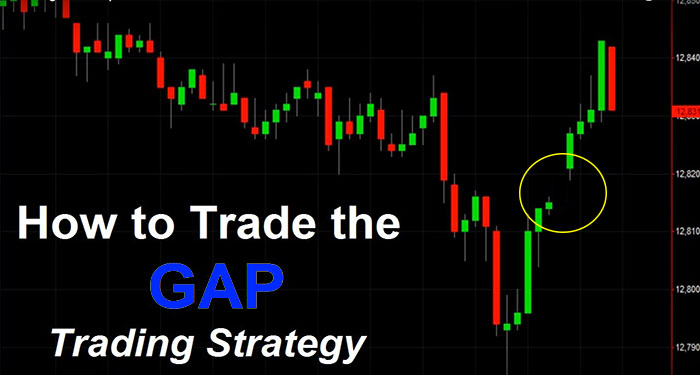Why “Stock gaps” occur quite frequently in penny stocks…
Stock gaps are quite common in penny stocks. Gap trading is a stock strategy which works over and over again on both the long and short side by identifying stock with a reason to move a great deal overnight. A stock gap occurs when the opening price of a stock is above (gap up) or below (gap down) the previous days close. True stock gaps only occur in OTC stocks: OTCBB and Pink Sheets since these markets do not allow after-hours trading.
NASDAQ, AMEX, and NYSE exchanges do allow after-hours and pre-market trading, and therefore although stocks can gap up they usually only gap when a stock is halted for earnings or another catalyst. Otherwise, the stock will trade up to the price and open at the new price which may look like a gap on a daily chart when in reality there were intraday charts that showed exactly how the price got there.
The main reason stock gaps occur is due to a specific catalyst that impacts a stock. For instance, an example would be if a penny stock that claims to have a licensing deal with a real company like AAPL (most deals like this are bogus but they still cause penny stocks to gap up and rise 100%-500 in general.) If a deal like this occurs in the pre-market or while the market is closed many people will place orders to buy the stock at the opening price the following day using a market order. A deal could also come near the market close which causes the trading activity to carry over to the following day since people with 9-5 jobs won’t see the news until after 4:00 pm when the penny stock markets close.
Buying a stock while the market is closed is a very bad idea because the market makers (a.k.a the people that control the stock and provide liquidity) will increase or decrease the price of a stock based on the supply (sell orders) or demand (buy orders) for it while the market is closed. Since a market order can occur at the current market price, all the orders will be executed at whatever price penny stock gaps up or down to and open at.
An example of this would a penny stock trading at $1.00 per share with outstanding shares of 25,000,000. This results in a market cap for the company of $25,000,000 (market capitalization (Market cap = price per share x # of shares outstanding). Now if 1000 people saw the licensing deal that XYZA penny stock got with AAPL and each decided to buy 5000 shares (probably not as likely since many people would buy 1000 share and others maybe 20000 which would work out to an average number of shares) of the stock this would mean that $5,000,000 worth of buy orders would flood the market while the market was closed. This would result in a new market cap of $30,000,000. Now to figure out the new open for the stock you would take the market cap of $30,000,000 and divide it by 25,000,000 to get a new price of $1.20.
This is how the stock gap can be calculated the problem is you or I will never have access to the order book that the market makers have and will never know 1000 people will want to buy $5,000,000 until after the fact. What we can do is use technical analysis to predict important levels where a stock might go to since they have done so in the past, and history usually repeats itself resulting in specific chart patterns or chart formations, since human beings are quite predictable. Therefore if we know this $1.00 stock is going to have a ton of buyers due to the news and we know the next significant support level is at 1.25 we could buy the stock near the close (assuming the news came out close to 4:00 pm) and sell it the next morning. I go over exactly how I utilize this strategy in greater detail in my course available: here.

